Holland? Brandenburg! These florists plant their flowers just outside Berlin

Colorful, opulent, creative: Marsano is known for its lavish bouquets. We met one of the founders for a chat at her field in Brandenburg.
Marsano's floral arrangements are instantly recognizable: colorful, opulent, with plenty of creativity and minimal greenery. In Berlin, they're a kind of aristocratic touch for any event—elegant decadence in floral form, but always created with the greatest possible sustainability.
Since 2006, Katrin Jahn, Annett Kuhlmann, and Andreas Namysl, the Marsano founders, and their team have been tying particularly beautiful bouquets, using flowers they planted in their own field in Märkisch Wilmersdorf, Brandenburg.
The three have enjoyed great success with this concept – even though the years of crisis have left their mark on the floristry industry. We met Katrin Jahn in the field in Brandenburg.
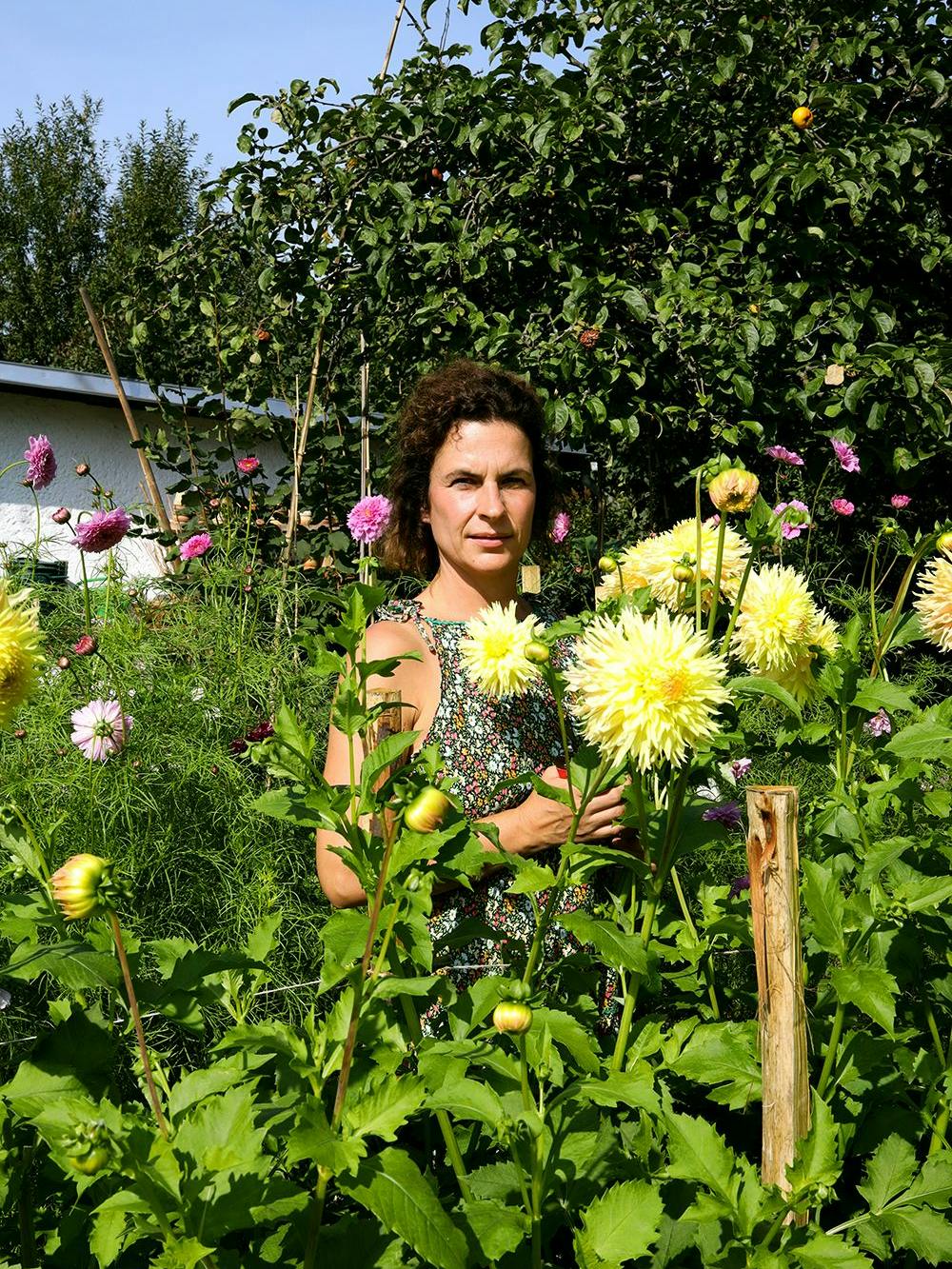
Ms. Jahn, your field project in Brandenburg can be classified as part of the so-called Slow Flower Movement. What exactly does that mean? Slow Flower stands for the sustainable, regenerative cultivation of cut flowers. It's about crop rotation, composting, and avoiding chemical fertilizers. Everything stays in the cycle. However, I must say that we at Marsano can't completely do without conventional goods: We can't meet 100 percent of our demand with our cultivation area alone. If we only worked with our own flowers, I would have to close the shop in October. We employ 35 people – that has to be financed. And our style also thrives on exotic flowers, on diversity. Nevertheless, we produce a lot ourselves. In summer, we are almost self-sufficient: three harvests a week, an entire van full. That makes us happy.
(Katrin Jahn wants to show me a lot during a walk through the field. She repeatedly points to different plants, starts chatting and explaining.)
Over there are our perennials, or shrubs. They cost more to buy, but once established, they require less work. Annuals are placed further back. This one, for example, is a scabious. And here we have coriander. One of our favorites, especially among florists, because the flowers look so beautiful in bouquets. The scent, however, is polarizing—some love it, others don't.
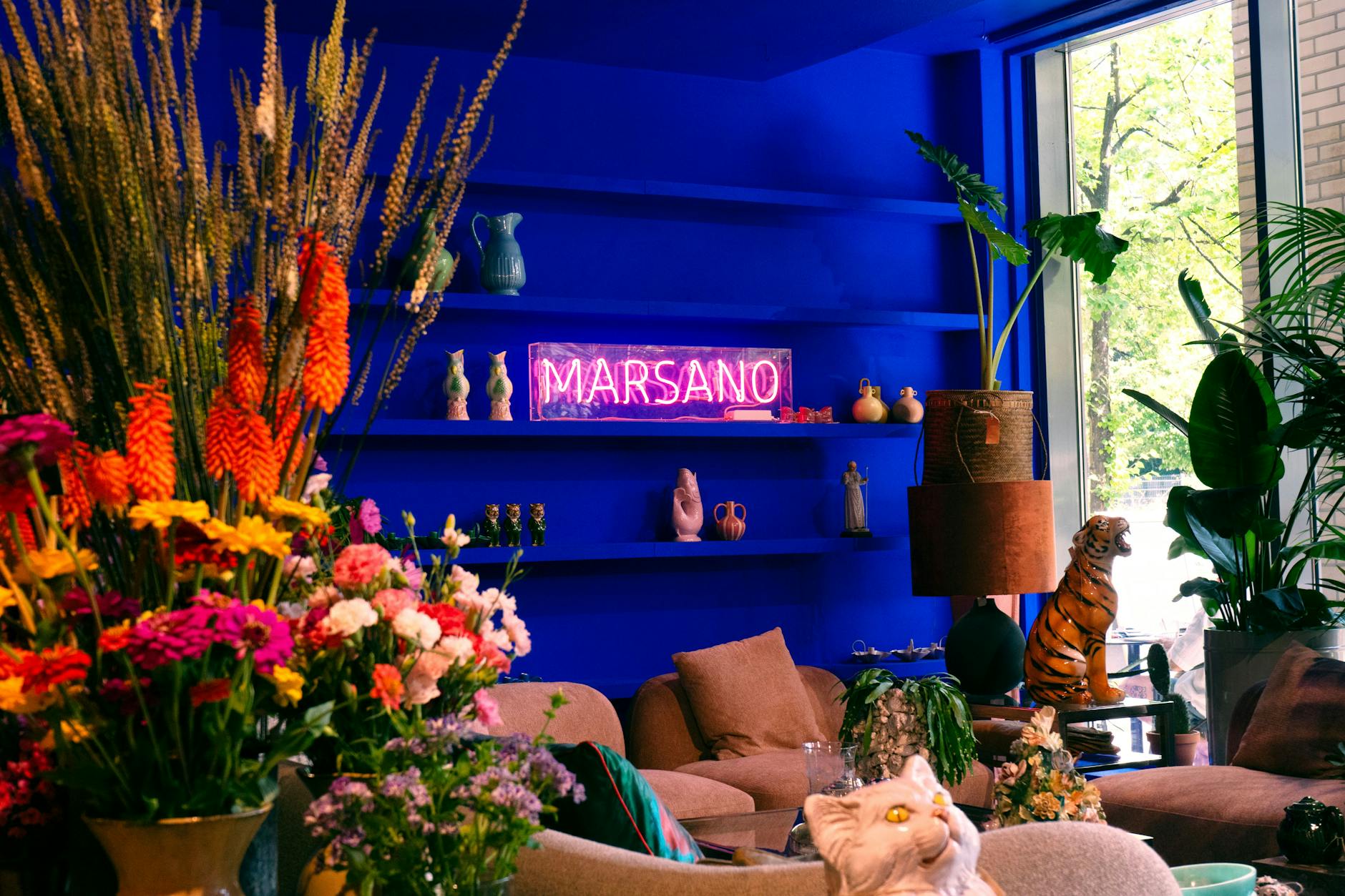
Are those lilac bushes over there? Yes, but they're hard to come by. We bought them in Saxony. Later, I learned that it's better to buy shrubs and trees from the region where they grew—or from a very similar climate zone. Lilac is rarely available anyway because it's expensive. A stem from conventional cultivation can cost up to ten euros.
(Katrin Jahn points to a very striking flowerbed.)
This is our visitor's bed. Andreas takes care of it. He grows what he likes, and we see what's profitable. But it's also a place to stroll. Fritillaria and crown imperial used to grow here; they were expensive. Now fennel grows there. It also produces flowers, quite tall. And here in front was valerian, which has already been harvested.(We pass a bed of roses infested with aphids.)
What do you do in such a case? How do you deal with pests? We usually do nothing. We leave the infested plants alone. If you remove them, the aphids move on. Ants keep aphids like a farm, milking them for the sugar they secrete, which they use to feed their offspring. It's a cycle. Only when things get too bad do we make a lye solution, for example from nettles or horsetail. This strengthens the plants and protects them from pests. This usually regulates itself—after two dry days, the aphids are gone. Birds and ladybugs also help. We avoid pesticides; it's part of our sustainable cultivation. The more biodiversity we have, the more animals come. That's good, but also challenging. Our biggest enemy is the rose chafer. We actually collect and destroy it.
(Katrin Jahn points to a row of beds with patches of turf between them.)
These are no-dig beds. We don't dig the soil, because that would destroy the soil life. Once it's destroyed, it takes a very long time for the worms and small animals to recreate their habitat. Instead, we simply loosen the soil with a digging fork. Between the beds, we have grass that retains moisture. Wild carrots and cosmos, our favorites, grow here. The prolonged frost has set us back this year, as has the difficult weather. Normally, everything would be a bit further along here by now.
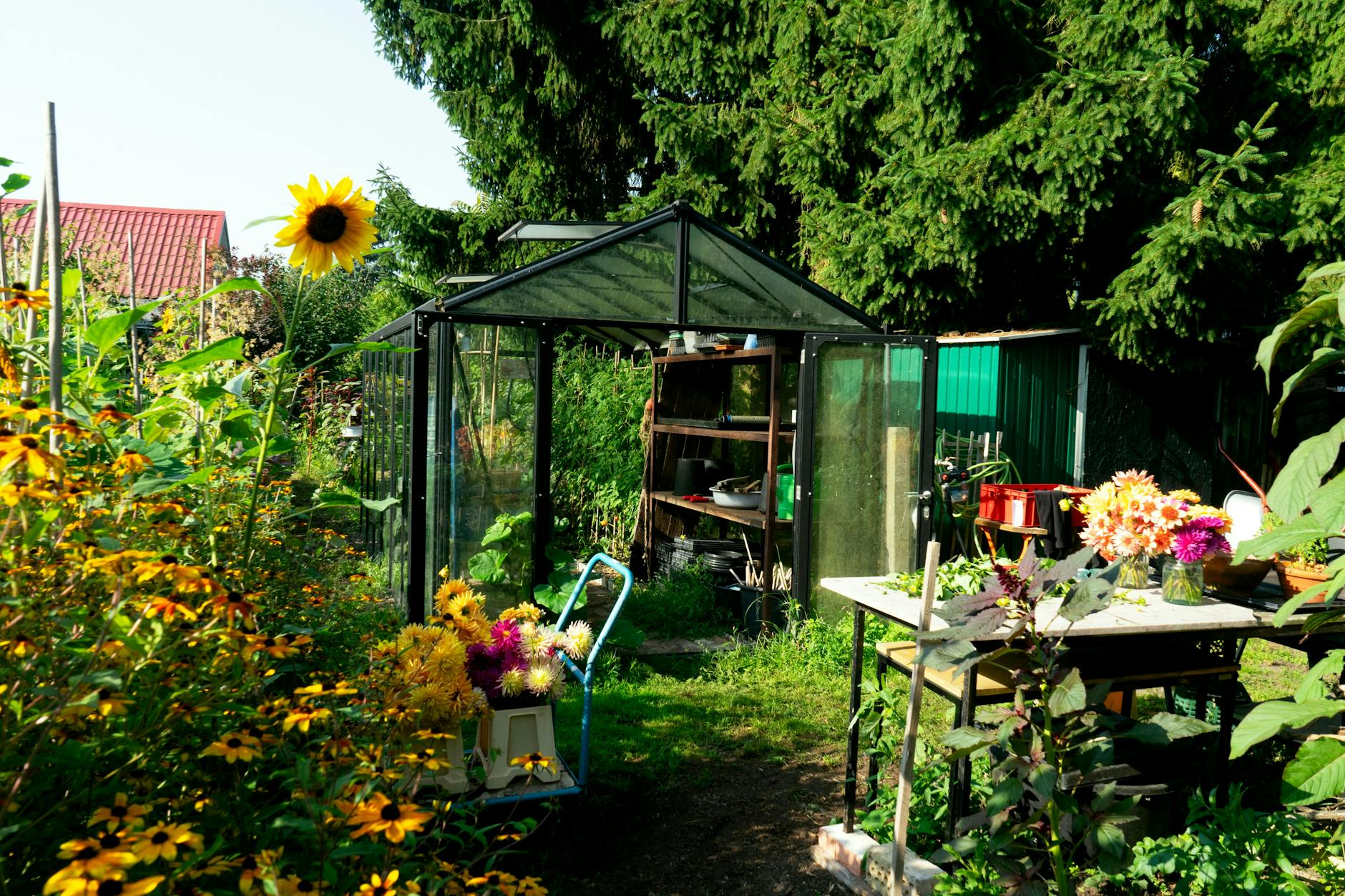
Do you think climate change is also making itself felt here? Not everything is just climate change. The Ice Saints arrived late this year. You have to be careful and not sow too early. There's an iron rule: only plant after the Ice Saints. You get a little nervous if it's already been almost 30 degrees Celsius beforehand. Then you think: Now everything has to go into the bed! But frost can still come, and then everything has to be covered with fleece. That's a lot of work, and in the worst case, there's no one there to do it. Then you end up with a crop failure.
(We enter a tunnel hung with plastic sheeting containing seedlings ready for planting.)
We do the first propagation in the shop because we don't have a heated greenhouse. The plants move here in mid-April. This is Helianthus, a sunflower. Snapdragons used to be here, but now Iceland poppies are growing here.
Of the flowers that can be bought in Germany today, only a few come from Germany, right?
Yes, flower production has changed dramatically. Germany used to be a flower-growing region, but today most flowers come from Holland, Ecuador, Costa Rica, or African countries. The use of pesticides and fungicides pollutes the soil and groundwater there, and sustainable concepts are urgently needed. Customers are generally more concerned with the origin and quality of products—so why not with flowers? A bouquet from the Spreewald or Vierlanden region would be attractive and much better for the environment.
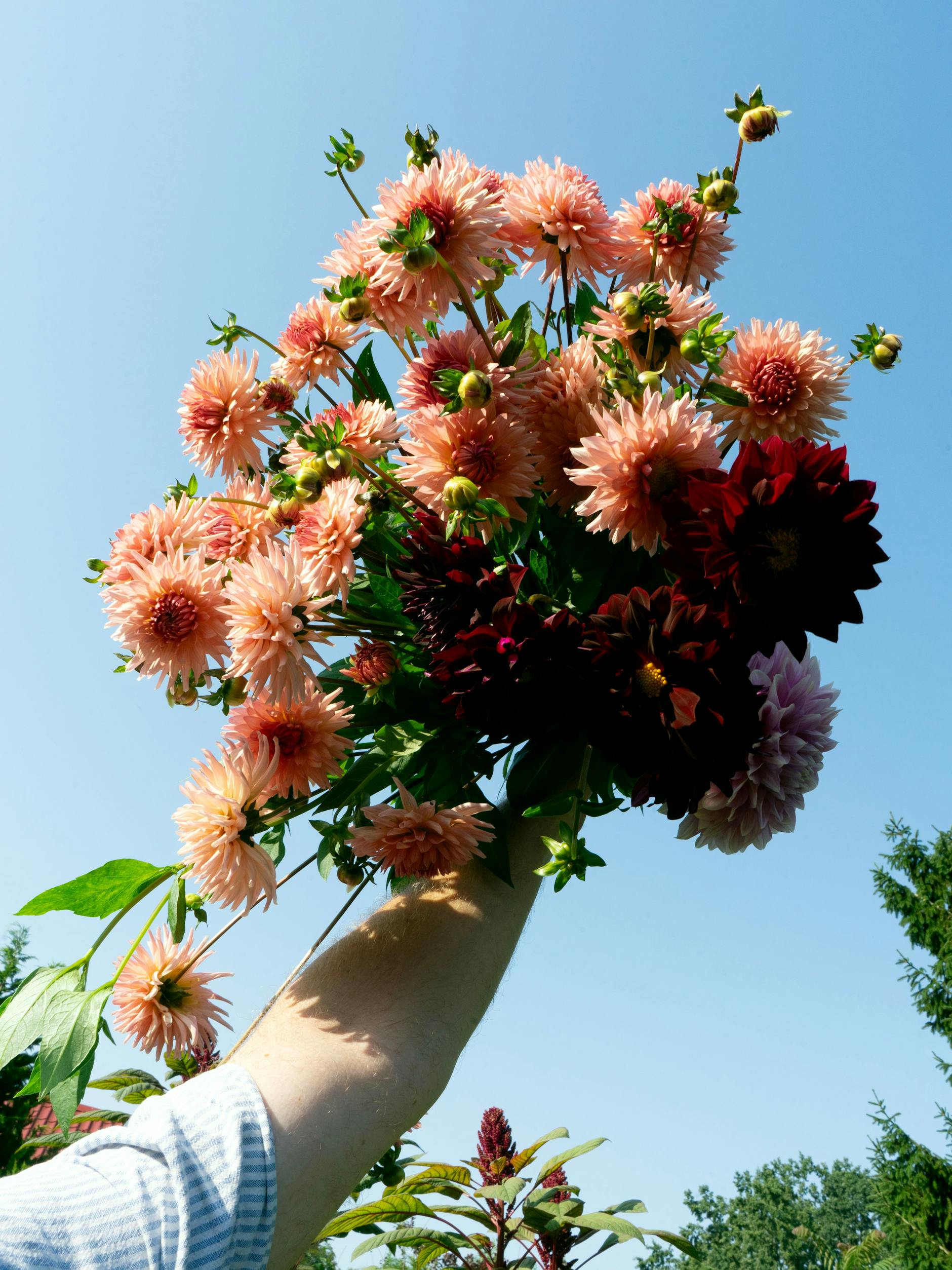
Is this awareness slowly reaching a wider customer base?
We want oat milk for our coffee or go to a clothing swap instead of the fast-fashion giant. I think many people already have this awareness, especially when it comes to food. But many people have simply never thought about flowers in this way. To change that, something needs to happen in the training of florists. Vocational schools should teach sustainability. Bakery apprentices also need to understand where flour comes from and how grain is grown. I hope that's the same for aspiring florists.
To raise awareness – and as a secondary source of income – you also hold workshops where participants learn about your concept.
Yes, exactly. There are workshops for bouquet making, ikebana, gardening workshops, and Christmas wreaths – those are particularly popular. Last year, we had 200 registrations for those alone. The workshops are also about showing people how much work goes into a flower, from seed to harvest. That builds appreciation.
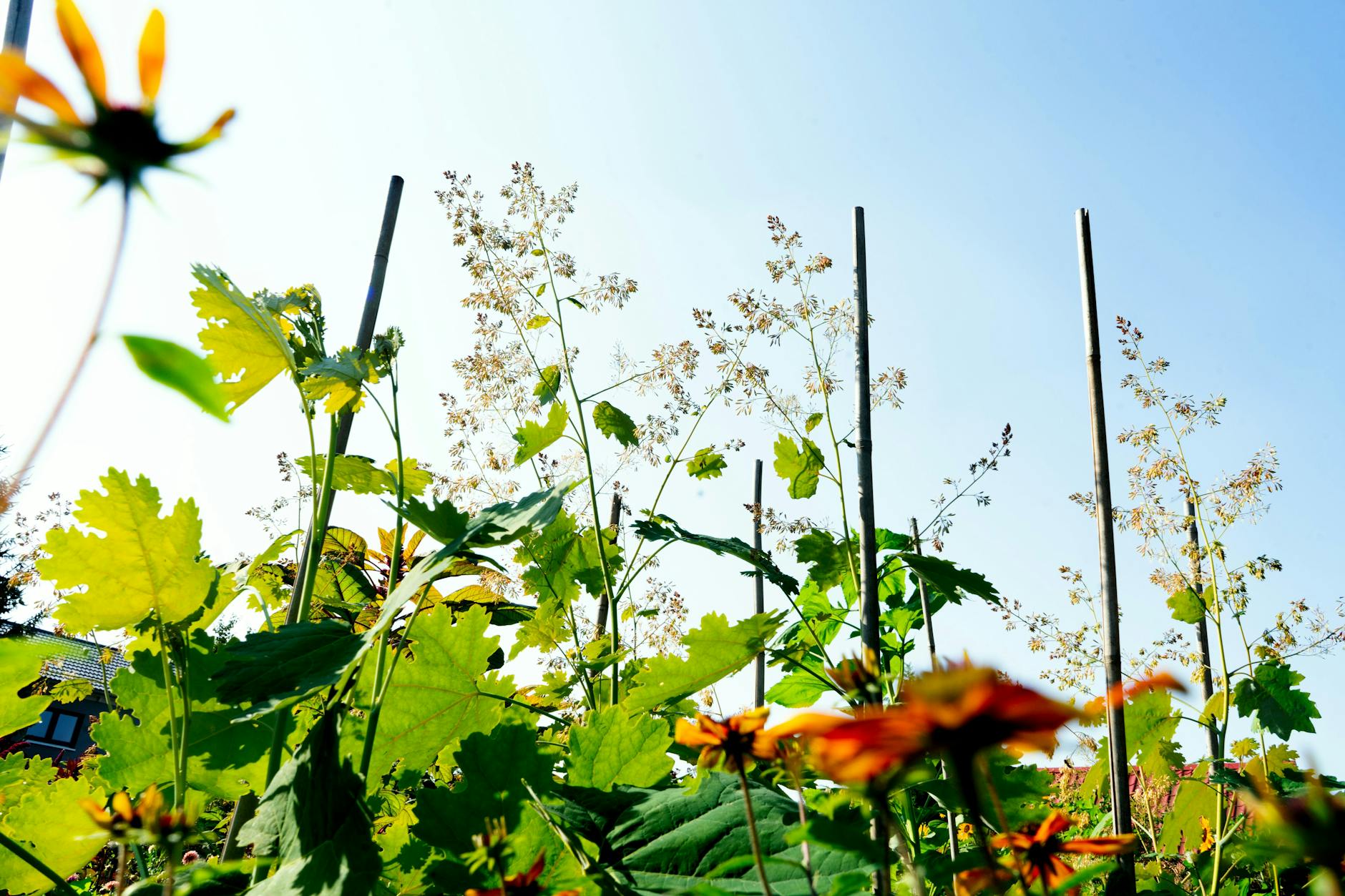
And appreciation is sometimes lacking?
Just as I would like to see more support for sustainable cultivation, I would like to see less of a throwaway mentality. In England, for example, producers have just been banned from simply throwing away flowers if they don't meet the standard. Not all stems are 40 centimeters long and perfectly straight. In England, such second-hand goods are now also coming onto the market; we don't have that here yet. Here, too much that doesn't meet the standard is still thrown away during cultivation. Flowers—like people—don't have to be perfect. Diversity is precisely what makes it so beautiful.
Diversity is also expressed in Marsano's bouquets. How would you describe your company's style?
Before Marsano, my co-founder Annette worked at Absolut Flowers in London, a very innovative shop. There she learned to experiment with colors and materials. Little greenery, but explosions of color, seasonally mixed with exotic elements. We brought that to Berlin. We wanted to be different. I find it difficult to describe our style, though—we simply do what we find beautiful.
Hadn't there been anything like this in Berlin before?
Back then, floristry in this country was more conventional, very traditional. The focus was on the individual blossom, as flowers weren't as plentiful. Today, things are different, and flowers have unfortunately become a disposable product. And that's precisely what we want to challenge with our project.
Berliner-zeitung


